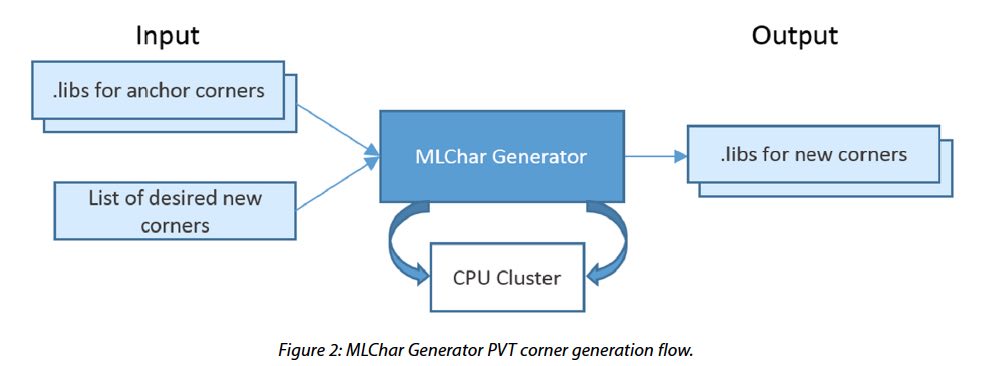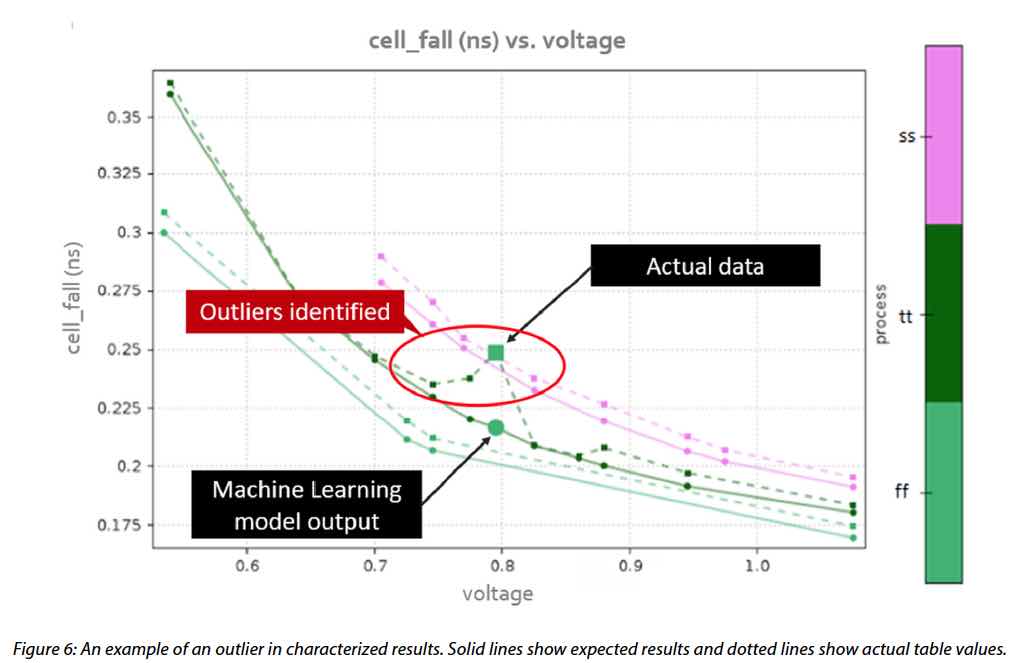For SOC designers that are waiting for library models the saying “give me liberty or give me death” is especially apropos. Without libraries to support the timing flow, SOC design progress can grind to a halt. As is often the case, more than just a few PVT corners are needed. Years ago, corners were what the term sounded like – the 4 corners of a square. In today’s designs, they are more like the many corners in a massive Parisian roundabout. Multiplied by the hundreds of cells in a typical library, the size of the library creation task has become an enormous undertaking.
In fact, Wei-Lii Tan, Product Manager in Mentor’s AMS Design and Verification group, estimates that it can take between 10 to 100 million simulation runs to create a usable library. This figure comes from their white paper on improving library characterization by using machine learning. If we have learned anything about machine learning in the last few years, it is its ability to revolutionize the tasks that is it applied to. It turns out that this is indeed the case for semiconductor design too.
Mentor’s MLChar Generator and MLChar Analytics address this problem by applying predictive machine learning to this difficult task. Mentor identifies five challenges that have hindered timely and accurate library development for SOC projects. They are: runtime and throughput, accuracy of results, incremental PVT corner characterization, library validation, and debugging and repairing. Each of these benefits greatly from the application of machine learning.
The value proposition for the acceleration machine learning provides really comes to light when teams are faced with the need for new corners that were not available in the initial library, or when the process for the cell library is relatively new and undergoing revisions. To see how it’s useful to look at the process Mentor’s MLChar uses.

The input to MLChar generator is a subset of the Liberty files for PVT corners, which are called anchor corners. With a properly selected set of anchor corners the number of corners that need to be generated by brute force simulation can be reduced by 30 to 70%. MLChar will even help select the optimal anchor corners. Using MLChar, new PVT corners can be produced in a fraction of the runtime that would be needed for full simulation.
An interesting side benefit is because MLChar does not need device models or simulator runs, new corners can be created easily if the need arises, without having to duplicate the initial library characterization setup.
Machine learning is also very good at finding anomalies in data, making it a great tool for validating libraries. It is useful for detecting outliers and ‘spikes’ that could indicate issues in the library characterization process. It comes with a suite of analytics and visualization tools to make debugging library issues much easier.

The net effect of using machine learning is a dramatic reduction in the time needed for library generation of standard cells or memories, with virtually no loss in accuracy. Additionally, the speed up for library validation not only improves library quality, but shortens the process. There is much more about the technology and how it works in the whitepaper. Mentor is making good use of its acquisitions, this whitepaper shows that they are continuing the technology and initiatives that Solido brought to the table, absolutely!
Share this post via:





Comments
There are no comments yet.
You must register or log in to view/post comments.